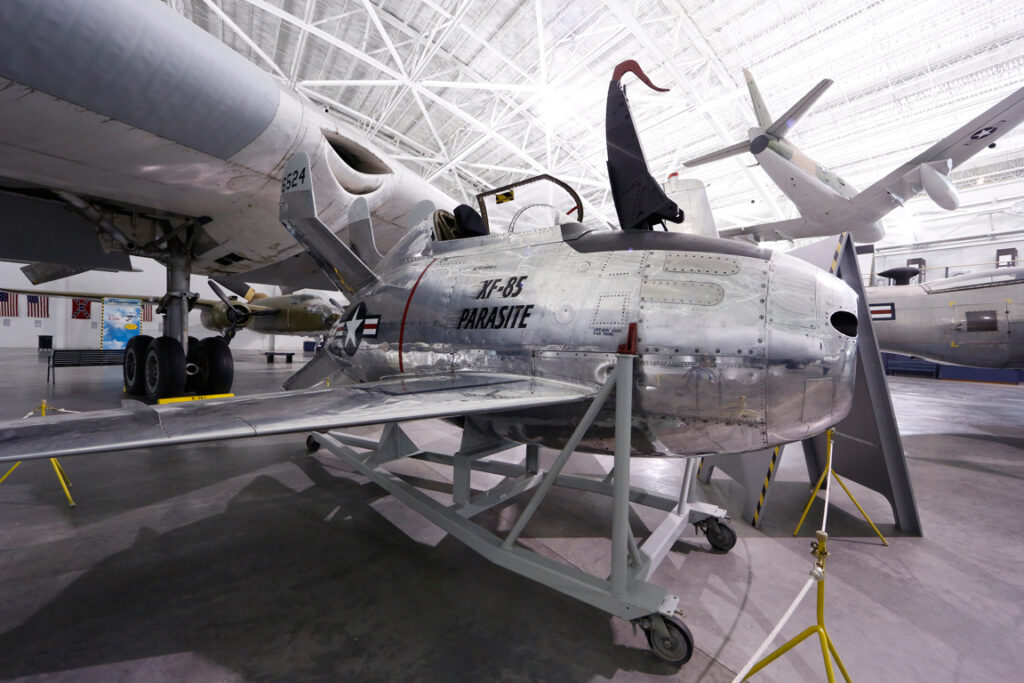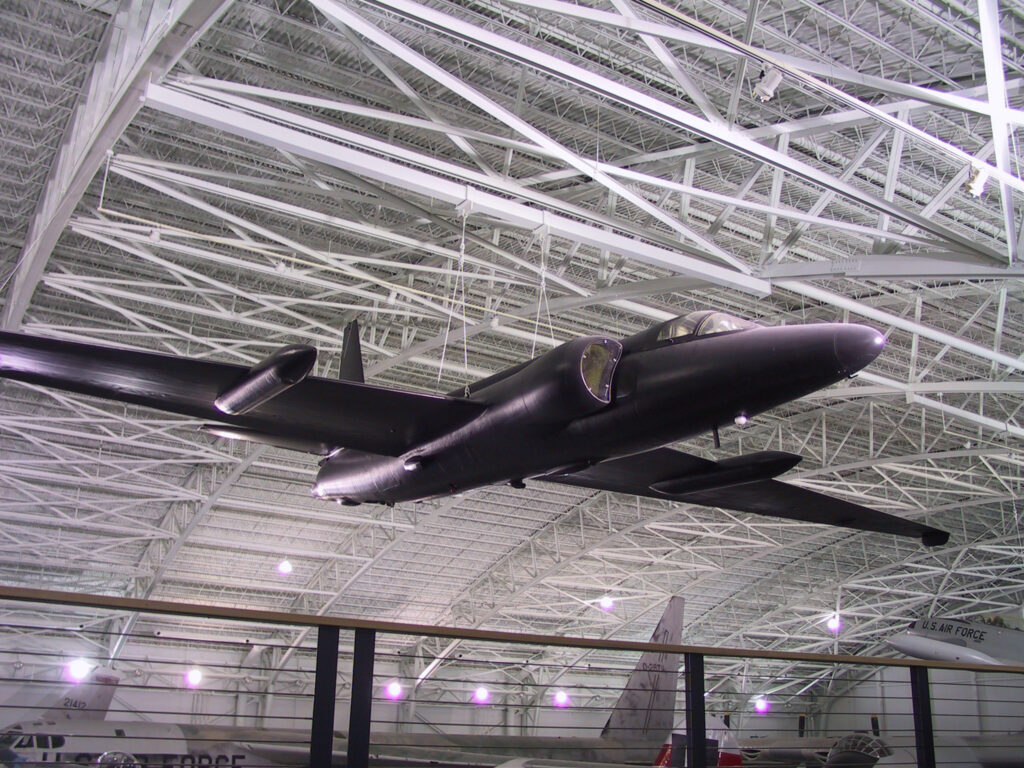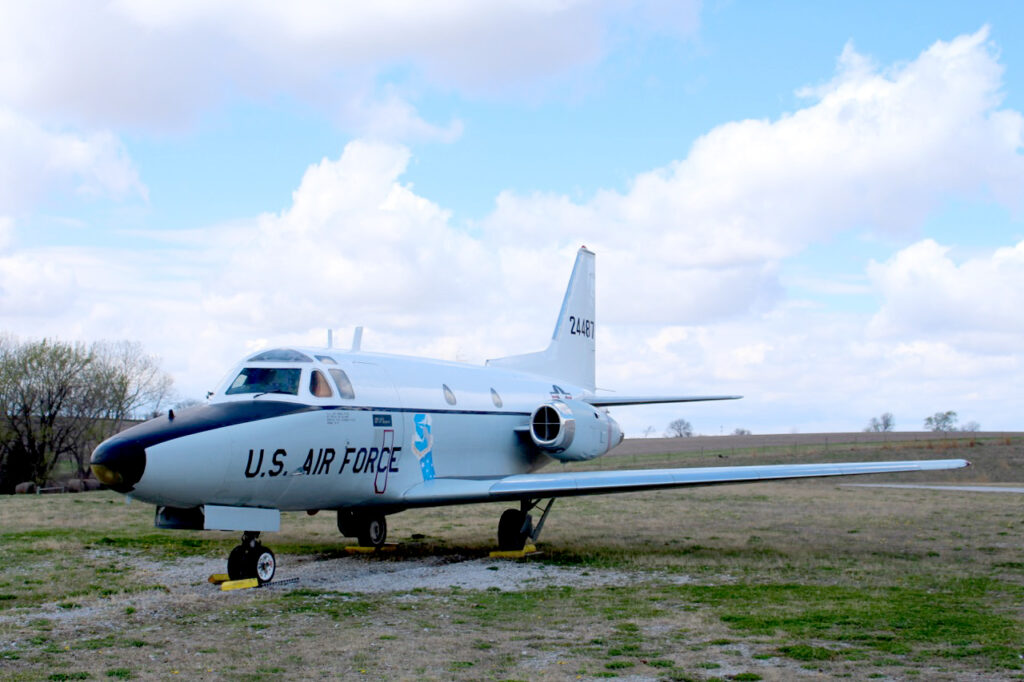Let Your Curiosity Soar
B-52 “Stratofortress”
The Boeing B-52 “Stratofortress” has been the principal bomber of the Strategic Air Command since the 1950s. In 1990, it was operated by 12 of SAC’s 18 bomb wings. The B-52 was designed to provide a high-altitude strategic bomber with intercontinental ranges. However, the range goals were not met during design, and the B-52 gross weight was “frozen” at about 480,000 pounds, with in-flight refueling to permit long-range missions.
The B-52 is capable of both conventional free-fall bomb delivery and air-to-ground missile launch missions. B-52s were used in conventional bombing roles in the Vietnam War. Although originally designed as a nuclear bomber, the existing B-52 force may be deployed in various conventional missions, including a show of force (as in Desert Storm), precision strikes and defense suppression. The plane’s capabilities also include sea surveillance, surface ship air interdiction with anti-ship missiles and aerial mining.
The Museum’s B-52 was manufactured by Boeing Aircraft in Seattle, Washington, and delivered to the USAF on June 28, 1955. B-52B(RB), S/N 52-8711 was the first operational B-52 to be assigned to the Strategic Air Command.
Specifications
Aircraft Type: B-52B(RB), S/N 52-8711, Stratofortress, Boeing
Mission: Heavy bomber
Number Built: The Air Force purchased 744 B-52s, prototype, test, and reconnaissance configurations included. The B-52 program counted 1 XB-52, 1 YB-52, 3 B-52As (restricted to testing), 50 B-52Bs, 35 B/RB-52Cs, 170 B-52Ds, 100 B-52Es, 89 B-52Fs, 193 B-52Gs, and 102 B-52Hs.
Powerplant: Eight Pratt & Whitney J57-P-29W turbojet engines, 10,900 pounds thrust each
Weight: Empty 175,000 pounds, loaded 420,000 pounds, maximum takeoff weight 420,000 pounds
Dimensions: Wingspan 185′, length 152’9″, height 48’3″
Performance: Maximum speed 612 MPH at 40,000 feet, cruising speed 565 MPH, service ceiling 47,000 feet
Additional Exhibits

XF-85 “Goblin”
Learn More
U-2C “Dragon Lady”
Learn More